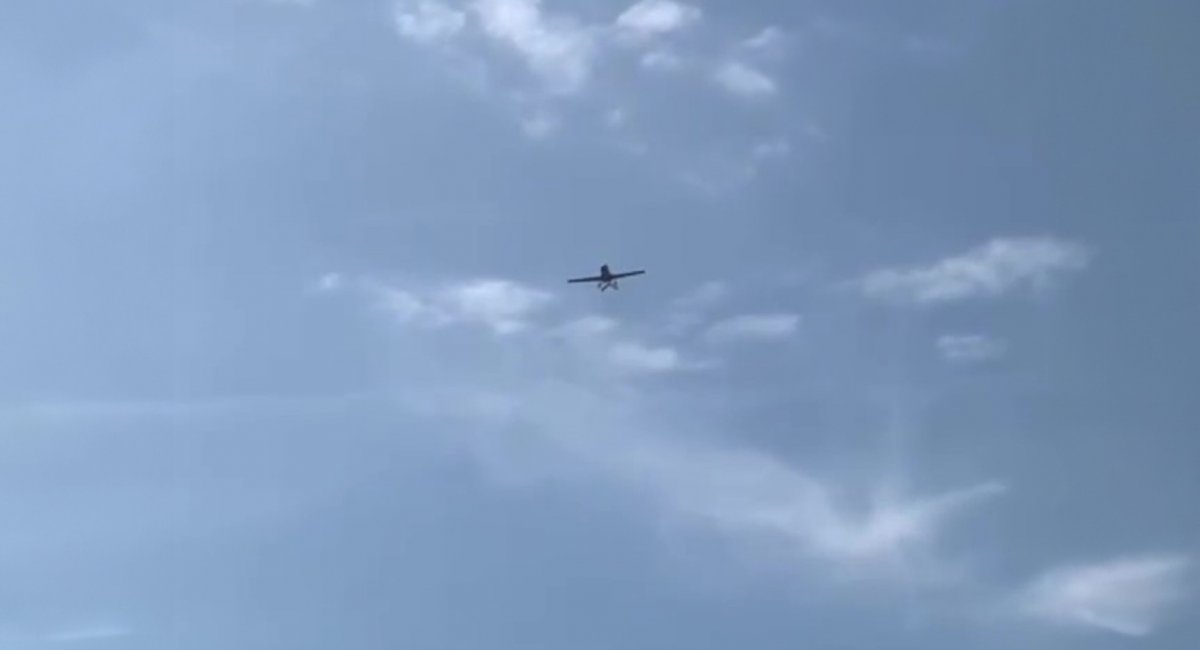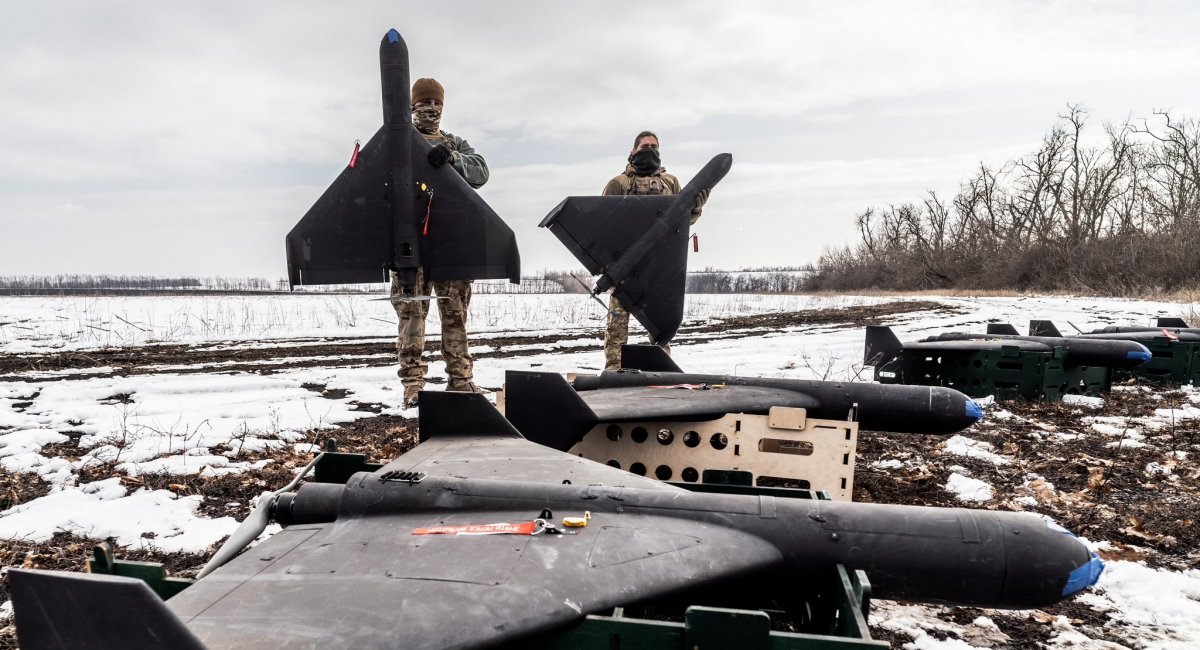On Friday, March 14, the Defense Innovation Unit of the US Department of Defense announced on its official website that as part of the ARTEMIS program, which aims to evaluate long-range attack drones, four contracts for the production of prototype drones were issued based on the results of the tender.
Two of these companies are the American Aerovironment, known in particular for its Switchblade-type loitering munitions, as well as Dragoon. Two more companies are Ukrainian, their names are not disclosed for security reasons, at the same time it is noted that they will work together with American software developers – Swan and Auterion, respectively.
As the publication says Defense News, the ARTEMIS project was launched last year in response to requests from the European and Indo-Pacific Commands, which announced the need for cheap “disposable” one-way drones, and eventually the US Department of Defense received about $35 million to implement the program.
In their post, the Defense Innovation Department emphasizes that it took them only four months to identify the problem, conduct a tender, demonstrate flights, etc., in total, they evaluated 165 proposals, of which they first selected 16 most promising concepts, which were demonstrated in December last year.
In the end, the list was reduced to four companies, two of which are from Ukraine, as noted earlier. Further, as the defense innovation department emphasizes, the company will have an “aggressive testing and integration schedule”, the companies must demonstrate their success by the end of May this year.
According to the department, according to the results of the ARTEMIS project, they want to get ground-launched attack drones with a range of 50 to 300 km, the ability to fly at low altitudes, have different payloads, and work, in particular, in the absence of a GPS signal.

Interesting details about the implementation of the project were told to the publication by the head of the direction, Trent Emeneker, who said that despite the defined limit in the range of 50 to 300 km, in the end they chose two samples with a range of about 100 km, and two more – more – more than 1000 km.
The cost of “smaller drones” according to preliminary plans should be approximately less than 20 thousand dollars per unit, larger ones – up to 70 thousand dollars, but this will depend in particular on the payload, as well as on the total number of drones ordered.

As for the latter, plans for a “mass deployment” were announced, although as of today there is no information yet on how many drones are planned to be purchased as part of the project. Of course, this will also depend on the capabilities of the manufacturers. According to Emeneker, the production rate of one of the Ukrainian companies chosen to create the prototype is about 200 drones per month.

